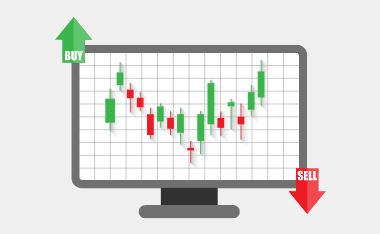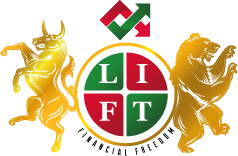The act of taking two equal and opposite positions on the same currency pair at the same time to benefit from small price variations between related markets. Because these variations are very small, this is generally only beneficial if you have a large amount of money in the trade.
For a deeper analysis of arbitrage, visit our arbitrage article here:















